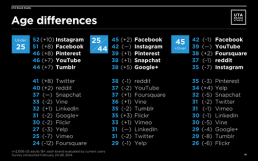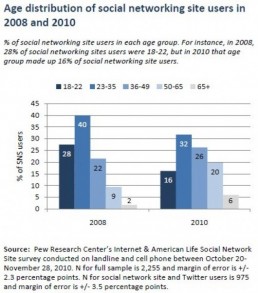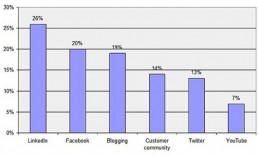The “Stories” Movement and How This Social Media Trend is Good for Business

How “Stories” Can Personalize Your Brand or Company, Even on LinkedIn
Earlier last year as part of LinkedIn’s revamping, the platform announced the rollout of LinkedIn Stories. This may seem like an odd choice for a more professional-leaning platform, but looking at the insights gained from Instagram, we can see how effective this form of communication is for introducing younger professionals and sharing content related to the industry.
Statistically, over half of Instagram users actively use the Stories feature. 62% of those users have said they’ve become more interested in a brand or product after it shows up on their Stories.
One key reason this is so effective is that it humanizes and personalizes the brand or person. Instagram largely defines itself as the “picture-perfect” social platform. Where people capture the perfect moment or the perfect shot, while Stories offer more honesty.
This provides more opportunities to humanize your business or brand. Whether it’s a local brewery showing how their canning process works or some behind-the-scenes shots from a photoshoot. Create visual content that shows off your personality and values.
How “Stories” Make Your Audience More Comfortable Engaging With You
With the popularity of “Stories” making its way on various platforms, it’s important to highlight some of the ways it can be used to boost your content. We’ve already shared how Stories can humanize your brand, so let’s look at another way Stories can foster more interaction with your audience.
Through LinkedIn’s “Question of the Day” feature, you can get to know your audience better and foster a more connected community. Stories provide a certain sense of privacy that isn’t provided when users engage with what you post. When someone comments on a Story, it’s only the user that sees the response. This privacy encourages more people to interact than if they had to respond on the public feed, where their comment is visible to everyone.
Stories encourage people to reach out or react to your content without feeling like the whole world is looking at them. This is a prime way to ask your audience questions and get honest answers. Experiment with polls and Q&A’s to discover more about your audience and what they connect to the most.
https://www.intracon-spain.com/5-benefits-using-linkedin-stories-b2b/
https://blog.hootsuite.com/how-to-use-instagram-stories/
https://blog.hubspot.com/marketing/linkedin-stories
https://blog.hubspot.com/marketing/preferred-story-platforms



